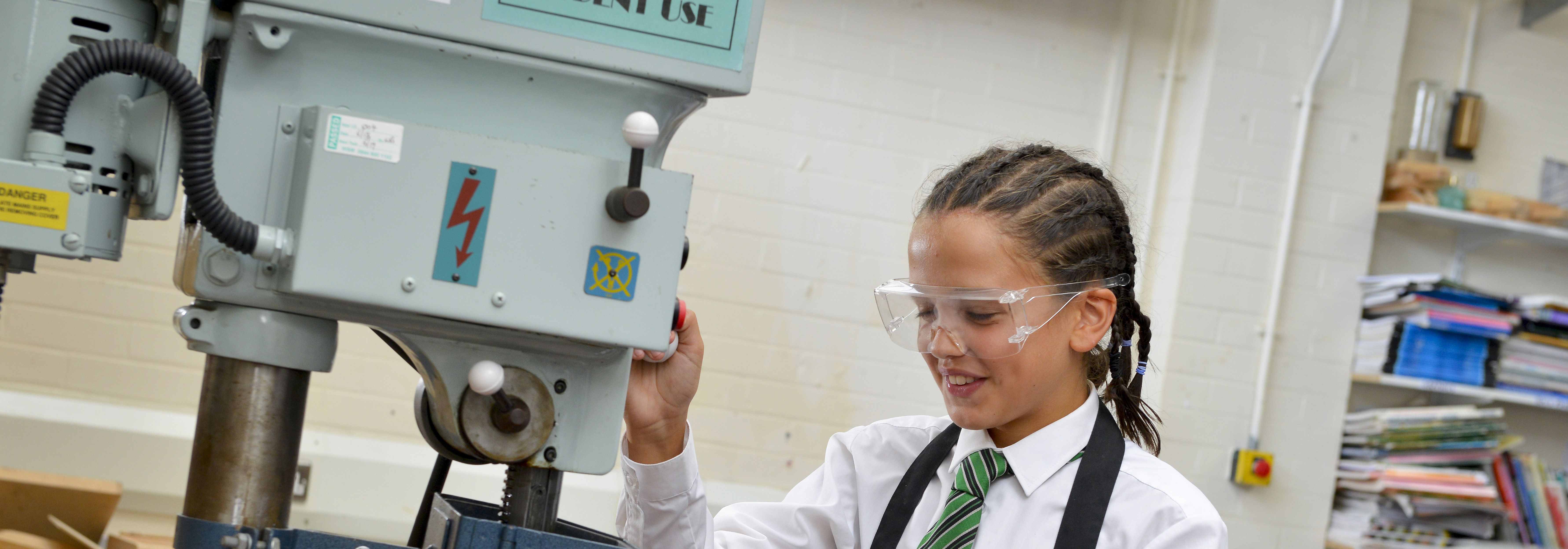|
Digestion
- The digestive system breaks down molecules in food into soluble substances that can be absorbed and used by cells
- Food passes through the mouth, oesophagus, stomach, small intestine, large intestine, and rectum
- Mechanical digestion is the physical cutting, squashing and churning of food in the digestive system, e.g. by teeth or the stomach
- Chemical digestion is when enzymes and other chemicals are used to speed up reactions in the digestive system
- In the mouth, mechanical and chemical digestion occur
- The salivary glands secrete enzymes which begin the process of chemical digestion
- The oesophagus moves food into the stomach. Rings of smooth muscle squeeze food in a mechanical process called peristalsis.
- In the stomach, mechanical and chemical digestion occur
- The stomach contains acid to kill micro-organisms in food
- Bile is made in the liver and stored in the gall bladder
- Bile is alkaline and neutralises the acid in the stomach
- Bile makes fat form smaller droplets
- Chemical digestion takes place in the small intestine. Small, soluble molecules move into the bloodstream by diffusion
- The small intestine is well adapted to its function because it has many villi which increase the surface area to increase diffusion of nutrient molecules into the blood. It is also very long which also increases the surface area. It also has a good blood supply which allows nutrient molecules to be absorbed into the blood
- Water is absorbed into the bloodstream from the large intestine
- Undigested food leaves the digestive system via the anus during a process called egestion
- The digestive system contains many bacteria. These bacteria help with the digestion of certain substances, reduce the change of harmful bacteria causing disease, and produce some vitamins that humans need, e.g. vitamin B and K
Digestive Enzymes
- Enzymes speeds up chemical reactions in the body
- Digestive enzymes break down large nutrient molecules into smaller molecules that can be absorbed into blood and used by cells
- Carbohydrases, such as amylase, break down carbohydrates into simple sugars
- Lipases break down lipids in glycerol and fatty acids
- Proteases break down proteins in to amino acids
- The lock and key theory models how enzymes work by having an active site that is a specific shape to the substrate it joins to
Food Tests
- Iodine solution changes colour from brown to black in the presence of starch
- Benedict’s reagent changes colour from blue to orange/red when heated in the presence of simple sugars such as glucose
- Biuret reagent changes colour from blue to purple in the presence of protein
A Balanced Diet
- The contents of a healthy human diet include carbohydrates, lipids (fats and oils), protein, vitamins, minerals, dietary fibre and water
- A balanced diet includes all the nutrients our body needs in the right quantities
- Malnourishment occurs when a person does not have a balanced diet
- Carbohydrates are important to provide energy. Carbohydrates are found in foods such as bread, potatoes, rice and pasta
- Lipids are important for providing energy and insulation. Lipids are found in foods such as nuts, dairy products, meat, oils and sweets
- Proteins are important for growth and repair of cells and tissues. Proteins are found in foods such as eggs, pulses, fish, meat, nuts and dairy products
- Vitamins and minerals are important because they all have roles in essential processes in the body. Vitamins and minerals are found in high quantities in fruit and vegetables, but are provided by all parts of the diet
- Calcium is an example of a mineral used in making bones and teeth
- Fibre is important for adding bulk to food and helping it pass through the digestive system. Fibre is found in foods such as fruit, vegetables and wholegrain cereals
- Water allows for transport of substances around the body and for chemical reactions to occur in cells
- Imbalances in the diet can result in health consequences, including obesity, starvation and deficiency diseases
- An example of a deficiency disease is kwashiorkor, caused by a lack of protein
Plant Nutrition
- Plants require minerals for healthy growth
- Plants need nitrates to make proteins (for growth). Plants get nitrates from the soil, through their roots
- Plants need magnesium to make chlorophyll. Plants get the magnesium they need from the soil via their roots
- Plants can be damaged by a range of deficiency conditions. A deficiency in magnesium affects photosynthesis
|
Disciplinary knowledge
- Use of appropriate techniques and qualitative reagents to identify biological molecules and processes in more complex and problem-solving contexts including continuous sampling in an investigation
- Critique and evaluate models, including:
- Make predictions or calculate quantities based on the model or show its limitations.
- Give examples of ways in which a model can be tested by observation or experiment.
- Evaluate the strengths and limitations of a model
- Identify names and uses of basic lab equipment and apparatus
- Draw a line of best fit
Practical skills
- Safe use of heating devices and techniques, including Bunsen burner, electric heater and water bath
- Measure pH
- Describe representative sampling techniques
- Apply representative sampling techniques and explain why it is appropriate
- Identify and assess risks to health related to lifestyle habits and the risk of disease.
- Suggest sensible precautions to reduce risk.
- Safe use of equipment to separate mixtures using chromatography
- Suggest a hypothesis to explain given observations or data.
- Explain why a certain hypothesis was chosen, with reference to scientific theories and explanations
|












